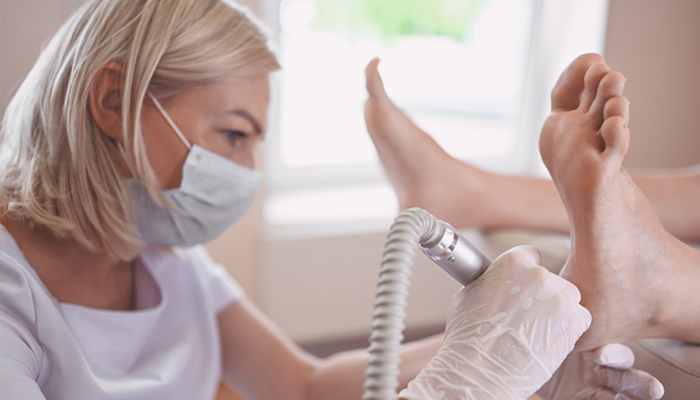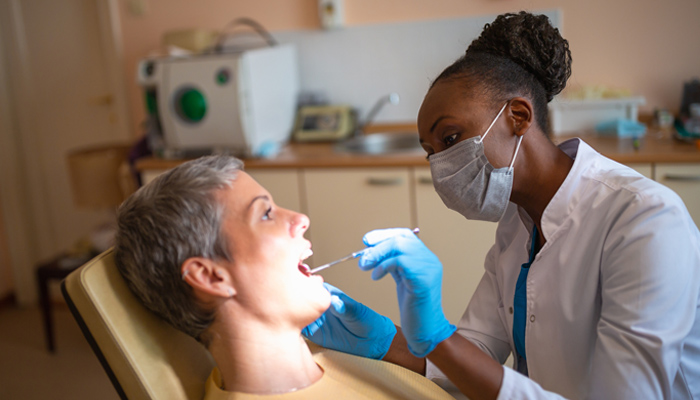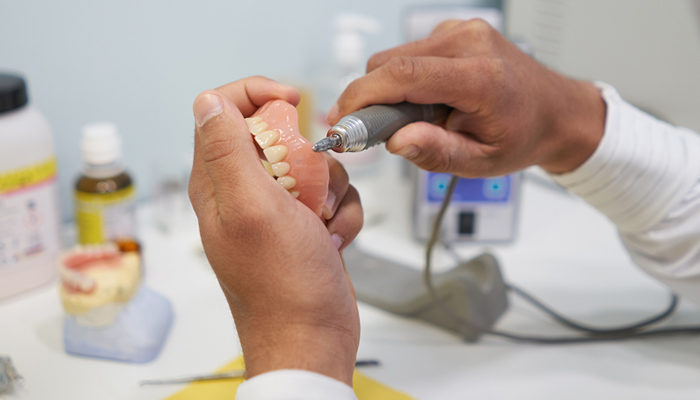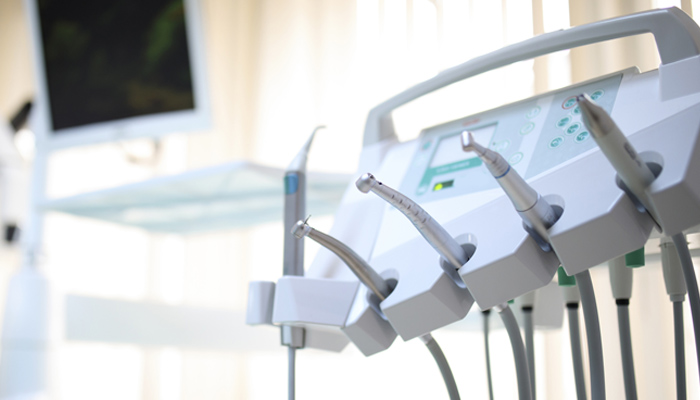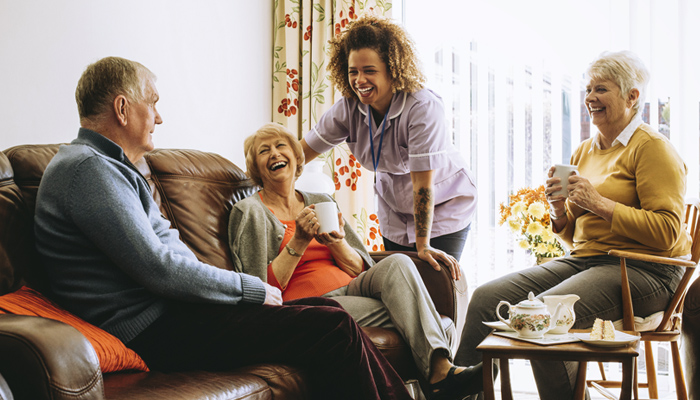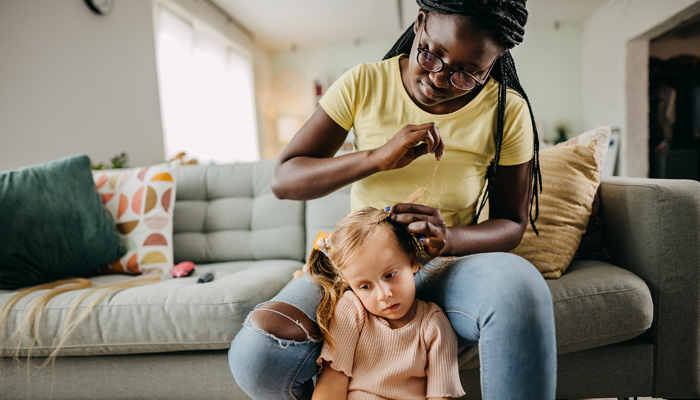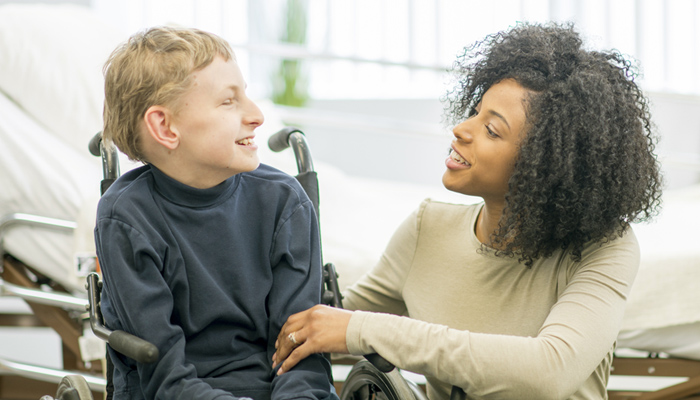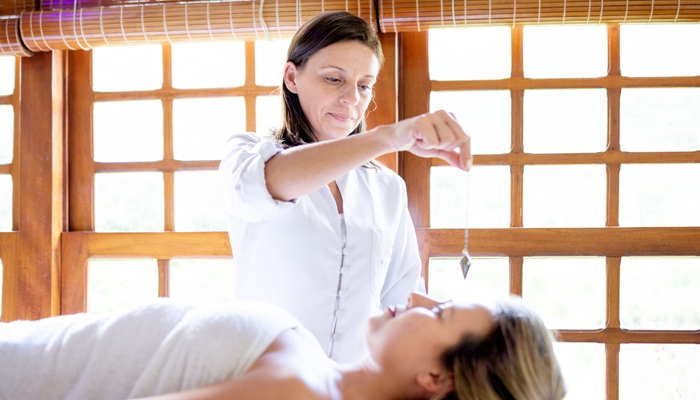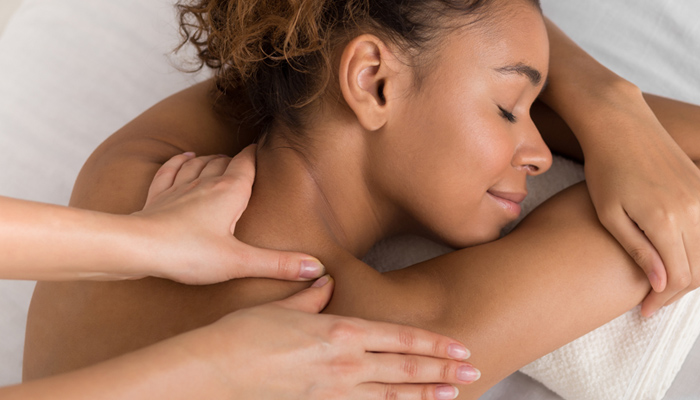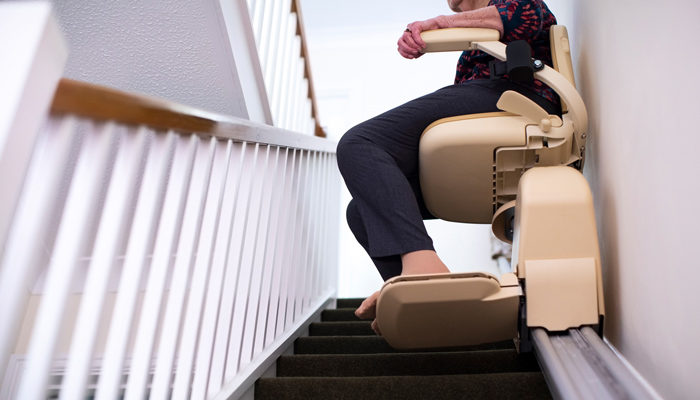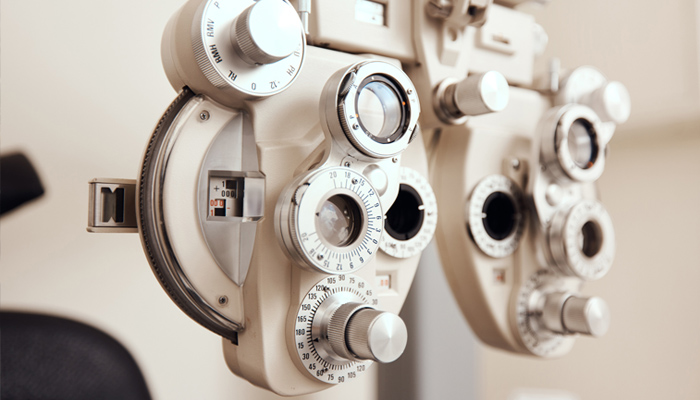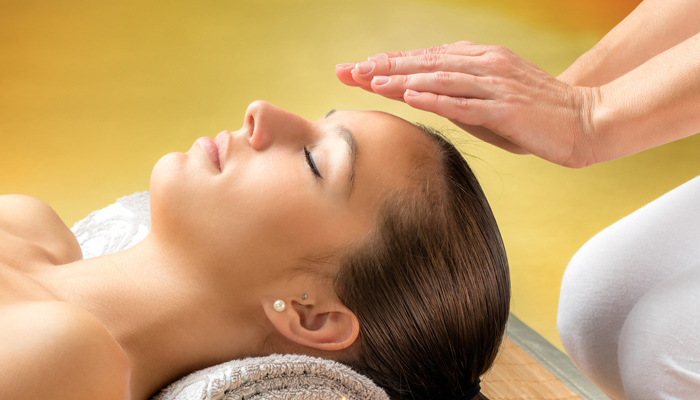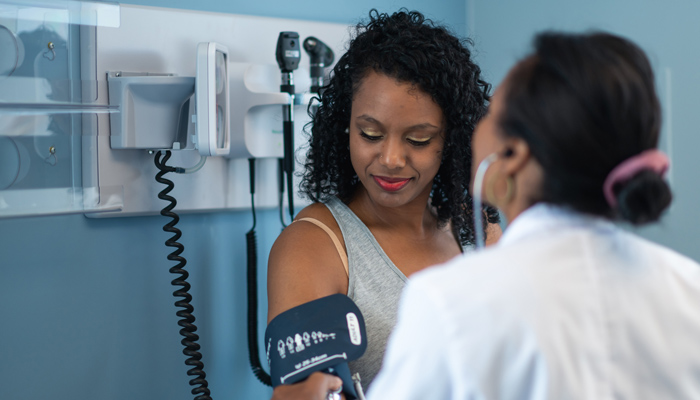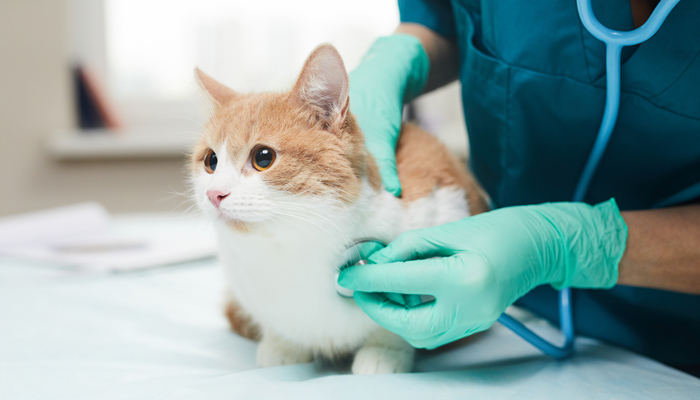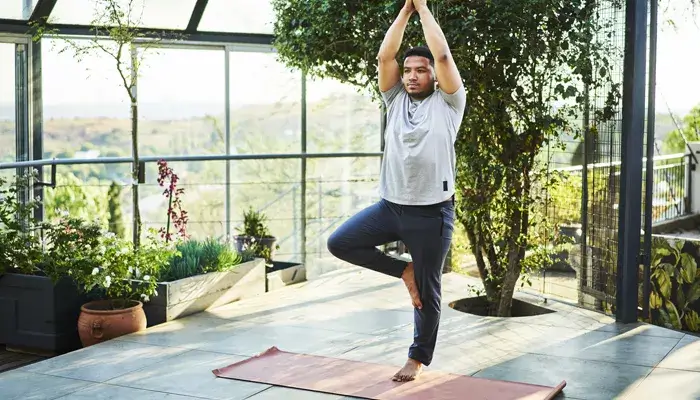Keeping Care Home Residents Safe in Hot Weather
Read our guidance for social care sector personnel on how to reduce the risks of hot weather to health and wellbeing.
Risk to care home residents from hot weather
Older people and those with underlying medical conditions, such as those living in care homes, are particularly vulnerable to the effects of hot weather.
Factors that increase care home residents’ risk during hot weather include:
- Young or old age: those over 65, as well as babies and young children
- Medical conditions that reduce the body’s ability to adapt to heat: such cardiovascular, kidney and respiratory conditions, diabetes, peripheral vascular disease, Parkinson’s disease, obesity, or severe mental illness
- Medications that can affect heart or kidney function, cognition, or ability to sweat
- Difficulty in keeping cool: cognitive impairments like dementia or restricted mobility
- Air pollution: this can be worse during hot weather, causing issues for people with asthma and other breathing problems
How to reduce hot weather risks for care home residents
You can reduce the risks associated with hot weather for those you care for by:
- Planning how to keep care home residents and buildings cool
- Ensuring all care home staff know this guidance
- Knowing who is at most risk and how to reduce it
- Considering environmental changes to reduce heat exposure
- Ensuring care home residents drink plenty of fluids throughout the day to avoid dehydration
- Planning activities for cooler times of day
- Keeping care home residents out of the sun at the hottest times
How to recognise heat exhaustion
Heat exhaustion occurs when the body overheats and can’t cool down. It does not usually need emergency medical attention, provided the person cools down within half an hour.
Common symptoms are:
- Tiredness
- Weakness
- Feeling faint
- Headache
- Muscle cramps
- Feeling or being sick
- Heavy sweating
- Intense thirst
What to do if someone has heat exhaustion
- Move them to a cooler place.
- Remove all unnecessary clothing (e.g. jacket or socks).
- Help them drink a sports or rehydration drink or cool water.
- Apply cool water to exposed skin.
- Apply cold packs wrapped in a cloth to the armpits or the neck.
They should start to cool down and feel better within 30 minutes.
If you are concerned, or symptoms are worsening, contact NHS 111.
How to recognise heatstroke
If the person does not cool down, heatstroke can result. This is where the body is no longer able to cool down and the body temperature becomes dangerously high.
Common symptoms are:
- Confusion
- Lack of coordination
- Low blood pressure
- Fast heartbeat
- Fast breathing or shortness of breath.
In addition, skin may stop sweating and someone may have seizures (fits) or collapse.
Heatstroke is a medical emergency, so if you think someone has it dial 999 urgently.
Top tips on reducing hot weather risks for your care home residents
Our top tips are:
- Be prepared for hot weather
- Keep the care home environment cool
- Keep care home residents cool
- Prevent care home residents suffering dehydration
- Protect care home residents from the sun
- Avoid strenuous exercise and activities at your care home
- Store care home medicines below 25°C, somewhere cool, dry, out of direct sunlight and away from windowsills
About the author
 Carolyn Baker-Mellor is a respected industry leader with over 35 years' experience within the care insurance sector. She works across a wide spectrum of insurance product and policy development, delivery and optimisation for care industry clients, including managing global corporate accounts, working closely with trade associations, and helping clients in protecting their businesses and personal assets. Her areas of expertise within the sector include care homes, nurseries, domiciliary care, hospices and charities.
Carolyn Baker-Mellor is a respected industry leader with over 35 years' experience within the care insurance sector. She works across a wide spectrum of insurance product and policy development, delivery and optimisation for care industry clients, including managing global corporate accounts, working closely with trade associations, and helping clients in protecting their businesses and personal assets. Her areas of expertise within the sector include care homes, nurseries, domiciliary care, hospices and charities.
Carolyn currently works at Towergate as Head of Care Insurance. Towergate is the UK’s leading independent insurance broking platform and forms part of the Ardonagh Group, an international network of over 100 offices and 7,000 people which incorporates leading brands in both Lloyd’s of London and global markets.
She previously worked for 10 years at Aon as a director, client services leader and assistant director for claims.
Date: May 30, 2023
Category: Care and Medical







